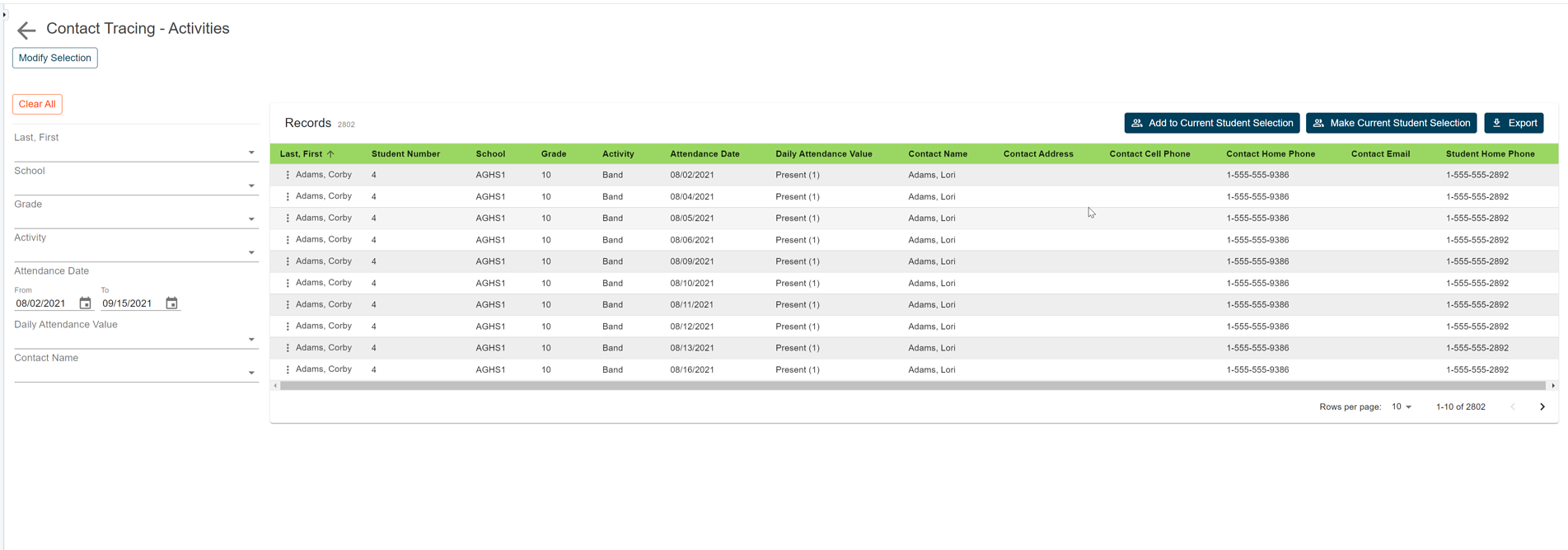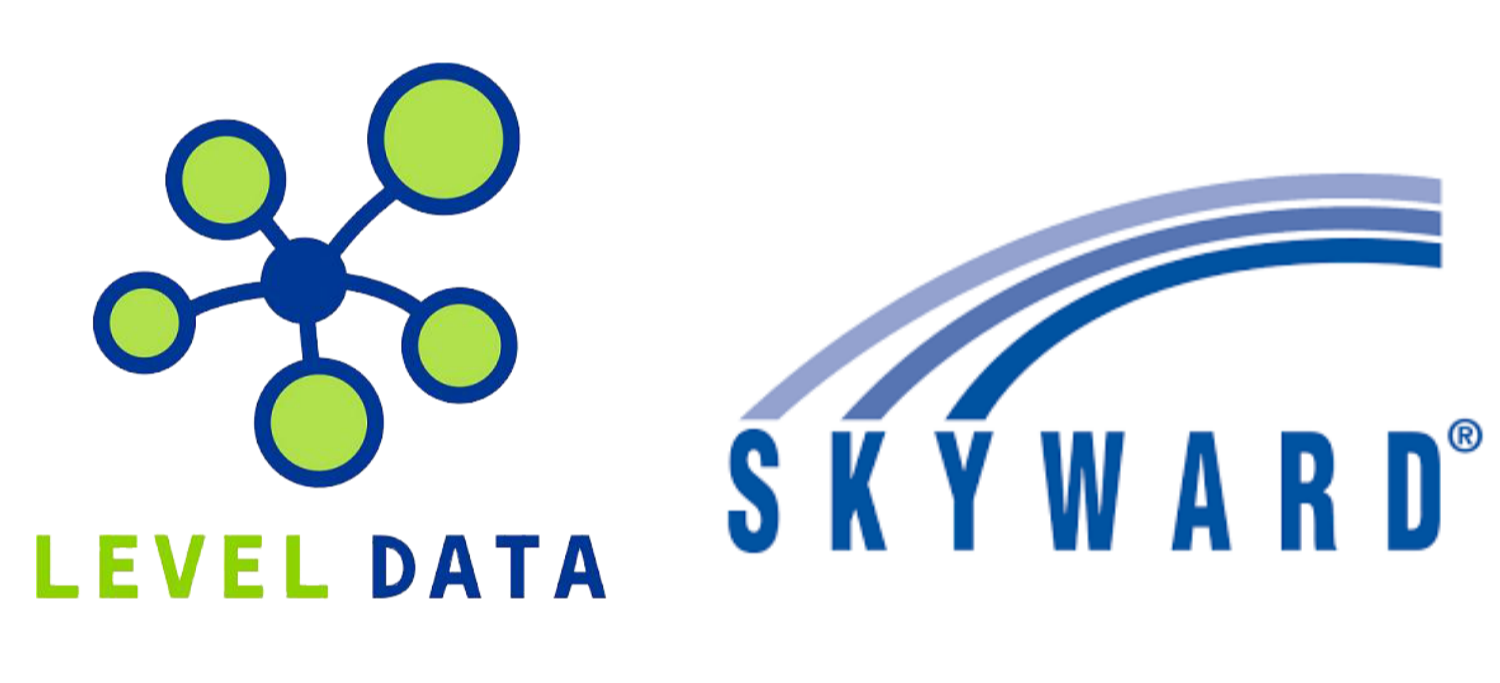Storing student transportation data has always been an option within PowerSchool. Identifying if a student is a car rider, bus rider, or uses some other means of transportation has been possible by populating that data to each student's individual transportation screen.
However, getting to that data for more than a single student at a time has been a different story altogether.
Creating a list of basics such as which students are car riders on a given day or which students ride bus 9, has never been easy because of how the data is stored. But now with the use of our Transportation Report, getting to that data can be quick and easy.
Think about it, if a bus broke down and the school needed to contact parents, what process would you have to go through to find the affected students and then contact the parents to let them know their students might be late. With the transportation report that data is just a few clicks away.
How to run the report:
To access this report, from the start page click on the RealTime Reports link from the Level Data app section.
Once on the dashboard, select the Transportation Report. Once the report loads, you'll see a graphical breakdown of students by transportation type, bus number for both to and from routes, along with grade level, gender, and ethnicity.
To view the individual student records, scroll down the page. In the table, you'll see a list that includes a record for every student that has transportation information populated for the current school year for both the to and from routes.
Student data will include basic demographics, as well as the details of their transportation information, including such items as transportation type, start and end dates, bus route, bus number, stop number, and day of the week.
Data from this report can be useful to simplify generating lists of students by transportation type or by bus route or bus number.
Running the report in cases of emergency:
But it can be even more useful in cases of emergency; when schools need to be able to quickly identify students based on specific transportation information.
For example, suppose a bus breaks down on the way home from school, the driver calls in and indicates that the bus broke down between stops one and two and they’re awaiting the arrival of a replacement bus.
Parents will need to be notified that students on the remaining route will be late. What would the process look like now?
With the use of the transportation route, the user could quickly and simply access the report, filter to the form records, select the bus route or bus number, select the remaining stops and the day of the week, to get a filtered list of the students that are still on that bus.
Once the results have been filtered, if you have a messaging system in place, you can click on the make current student selection button to create a new student selection and then navigate back to the start page.
Access your messaging system and have a message configured and sent out in a matter of minutes.
Exporting your report:
If you need to export the results, just click the export button to generate a CSV file that includes all the report data for the filtered group of students.
No need to know any field names, table names, or complicated dot tags. Getting to your data has never been easier.






